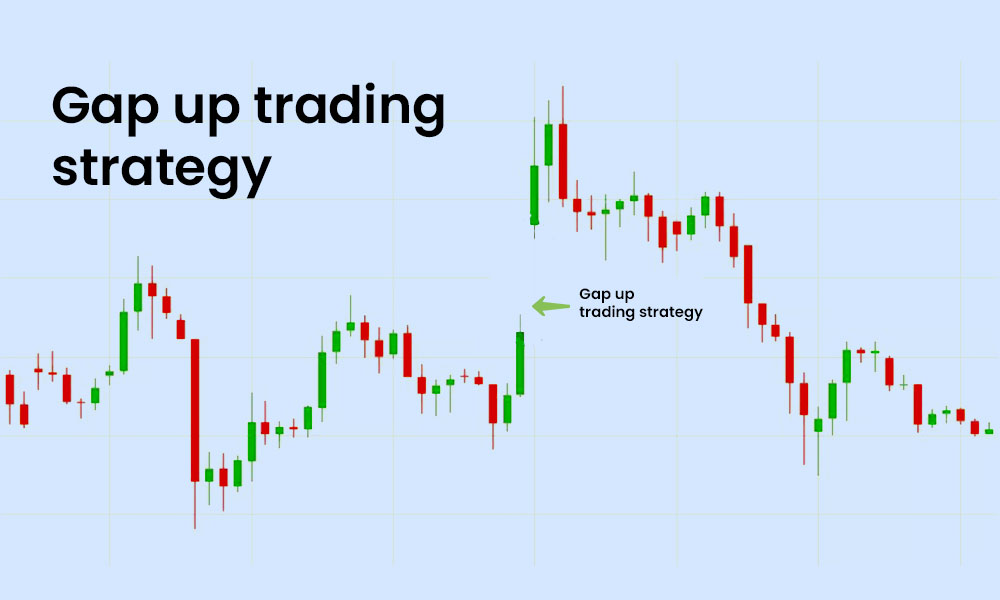Gap trading is a popular strategy in the stock market where traders capitalize on price differences between one trading session and the next. These differences are known as “gaps.” Understanding how gaps work can help traders identify potential profit opportunities.
What is a Gap in the Stock Market?
A gap occurs when the price of a stock opens significantly higher or lower than its previous closing price. This can happen for a variety of reasons, including earnings announcements, news events, or market sentiment changes. Gaps are categorized into four types:
- Common Gaps: These gaps occur regularly and are typically small. They often go unnoticed.
- Breakaway Gaps: These happen when a stock breaks out of a trading range, signaling a potential new trend.
- Runaway Gaps (Continuation Gaps): These occur during an ongoing trend and indicate strong momentum in the direction of the trend.
- Exhaustion Gaps: These appear at the end of a trend and may signal a reversal.
How to Trade Gaps?
Gap traders look for these price differences and base their trades on the type of gap they identify. The key to gap trading is recognizing whether the gap is likely to continue or fill (move back to the previous price range).
- Gap and Go Strategy: If a stock opens with a large gap and continues in the same direction, traders may buy (in the case of an upward gap) or sell short (for a downward gap) with the expectation that the gap will keep expanding.
- Gap Fill Strategy: If the stock opens with a gap but then begins to move in the opposite direction, traders may predict that the gap will “fill,” meaning the price will return to the previous closing level. In this case, traders may bet on the price moving back to where it closed the previous day.
Example of Gap Trading:
Let’s say a company, XYZ Corp, closed at ₹50 yesterday. Today, due to a positive earnings report, it opens at ₹55. This is a gap up. Traders might use the gap and go strategy, expecting the stock to continue rising. If the stock moves up to ₹58, they may sell at a profit.
Alternatively, if the stock initially jumps to ₹55 but then starts to drop, a trader might anticipate the gap will close, and they may sell, expecting the stock to return to the ₹50 range.
Key Considerations:
Gap trading requires careful analysis. Identifying the type of gap is essential. High trading volume accompanying a gap can confirm the strength of the move. Low volume may indicate a weak gap that could be filled quickly. Overall market conditions also play a key role in determining the direction of a gap.
Positive news in the market can make gap-ups more likely to continue, while a bearish sentiment may cause gap-downs to persist. But Gaps can be volatile. It’s crucial to use stop-loss orders and control position sizes to minimize losses in case the gap reverses.
Conclusion:
Gap trading can be a profitable strategy when used correctly. By understanding the different types of gaps and employing proper risk management techniques, traders can make informed decisions and take advantage of price movements. While gaps present clear opportunities, it’s important to manage risk and use proper analysis to make informed decisions.
– Ketaki Dandekar (Team Arthology)
Read more about Gap Trading here – https://www.investopedia.com/gaps.asp
